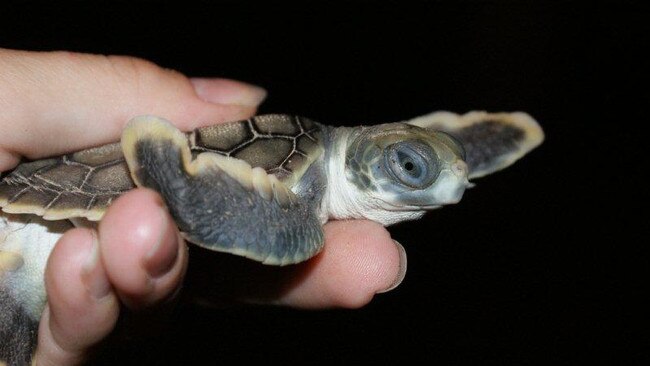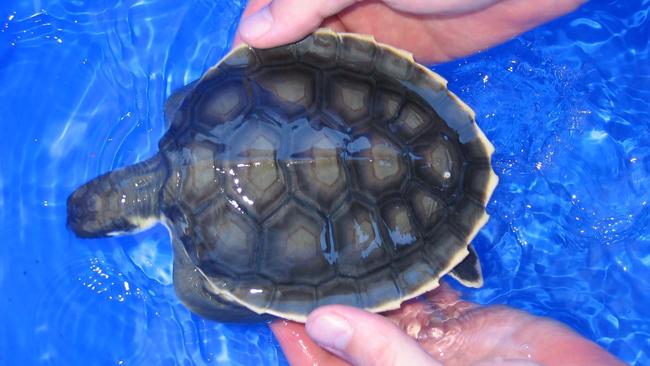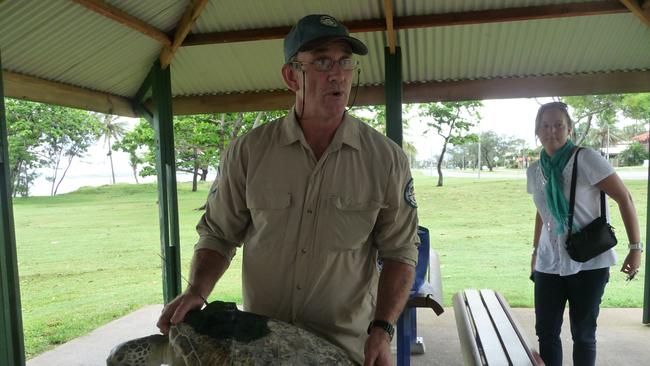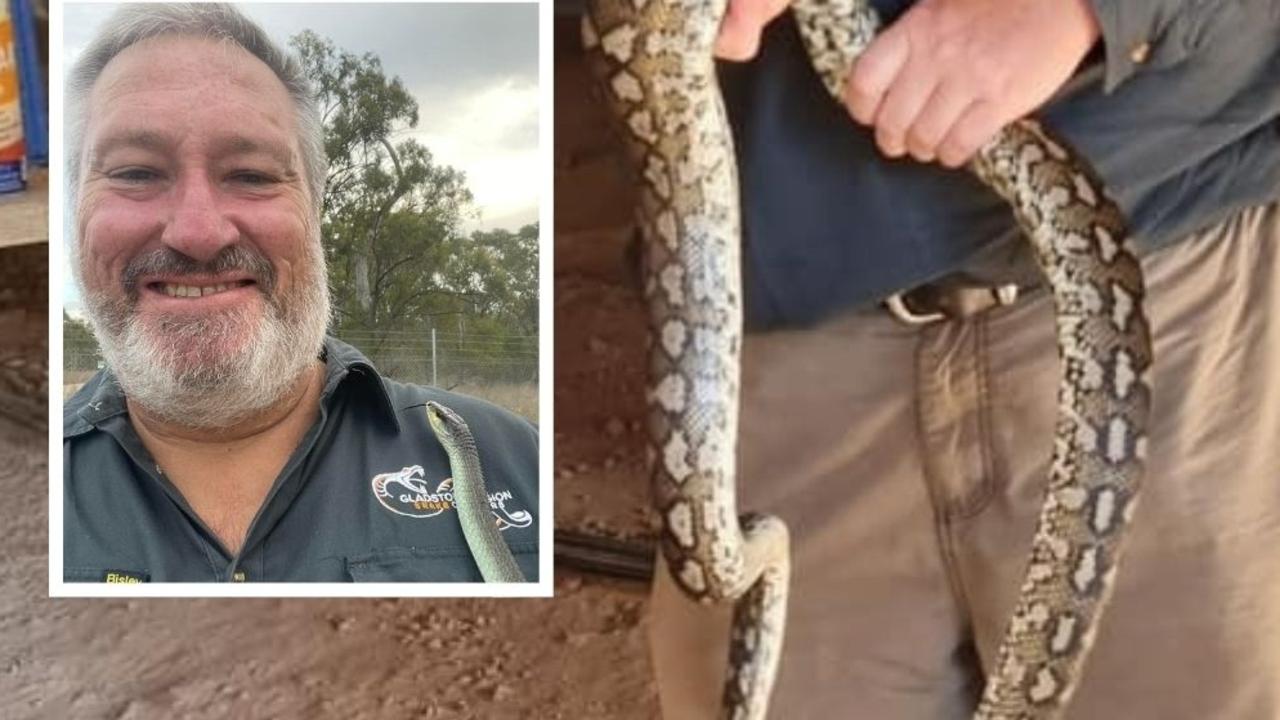‘Caught in the headlights’: Tiny turtles dying on Cap Coast
Residents along Capricorn Coast beaches and visitors in vehicles are asked to turn out their lights.

Gladstone
Don't miss out on the headlines from Gladstone. Followed categories will be added to My News.
Tiny Flatback Turtles in large numbers have been found dead along the Capricorn Coast after being attracted to vehicle headlights, says The Department of Environment and Science.
Since the end of January 2021, Department of Environment and Science DES senior conservation officer Dr Ian Bell said a large number of post-hatchling Flatbacks had been found dead or stranded along the coast.
The Flatback, listed as vulnerable, is one of seven sea turtles found in Australian waters.
Curtis Island off Gladstone is home to one of four major rookeries for Flatbacks, along with Peak, Wild Duck and Avoid islands.

AMAZING DEAL: $1 for 28 days for local news, great rewards
The tragic losses of the tiny reptiles have prompted the DES to call on coastal residents and visitors to turn off lights at homes and in vehicles by 7.30pm to prevent this heartbreaking occurrence.
“The Queensland Parks and Wildlife Service, along with Team Turtle CQ Volunteers are closely monitoring the situation,” Dr Bell said.
“Two of the turtles were recaptures from a monitoring program at Peak Island, indicating that the hatchlings are not all dispersing from the local area as expected.
“Monitoring of newly emerged hatchlings at Peak Island has shown that instead of heading directly seaward across the beach, the hatchlings were heading diagonally across the beach towards the Yeppoon coast.
“There is a distinct possibility that the post-hatchling turtles leaving Peak Island are being attracted to the inshore coastal waters of Keppel Bay by the sky glow of the Yeppoon coast.
“People living near the coastline on the Capricorn Coast are encouraged to turn off all unnecessary lights after 7.30pm during the hatchling season from February to March.”
Dr Bell said many of the stranded hatchlings had already ingested plastic debris, which was another major concern for sustainable populations of turtles.
“Unfortunately, careless littering and artificial lights at night are impacting on our turtle populations,” he said.
How to activate free Courier Mail subscription

The Capricorn Coast is part of the southernmost habitat of the Flatback turtle.
The other six turtle species including the Green, Loggerhead and Hawksbill are listed as endangered or critically endangered.
At night, hatchlings move from their nest to the ocean by following the lightest horizon they see.
On nesting beaches with nearby artificial lights, hatchlings can become disoriented, heading toward the artificial light instead of the ocean.
Those that make it to the ocean can be lured back to the shore by strong, coastal lights, and the hatchlings can become exhausted, strand and die or become prey for birds.
“If people find live turtle hatchlings on Capricorn Coast beaches please call the DES Wildlife hotline on 1300 130 372,” Dr Bell said.
Other stories
Fear residents could have been using toxic water for years
$1.3m Tannum Sands ‘dream home’ has pool, granny flat, bar



